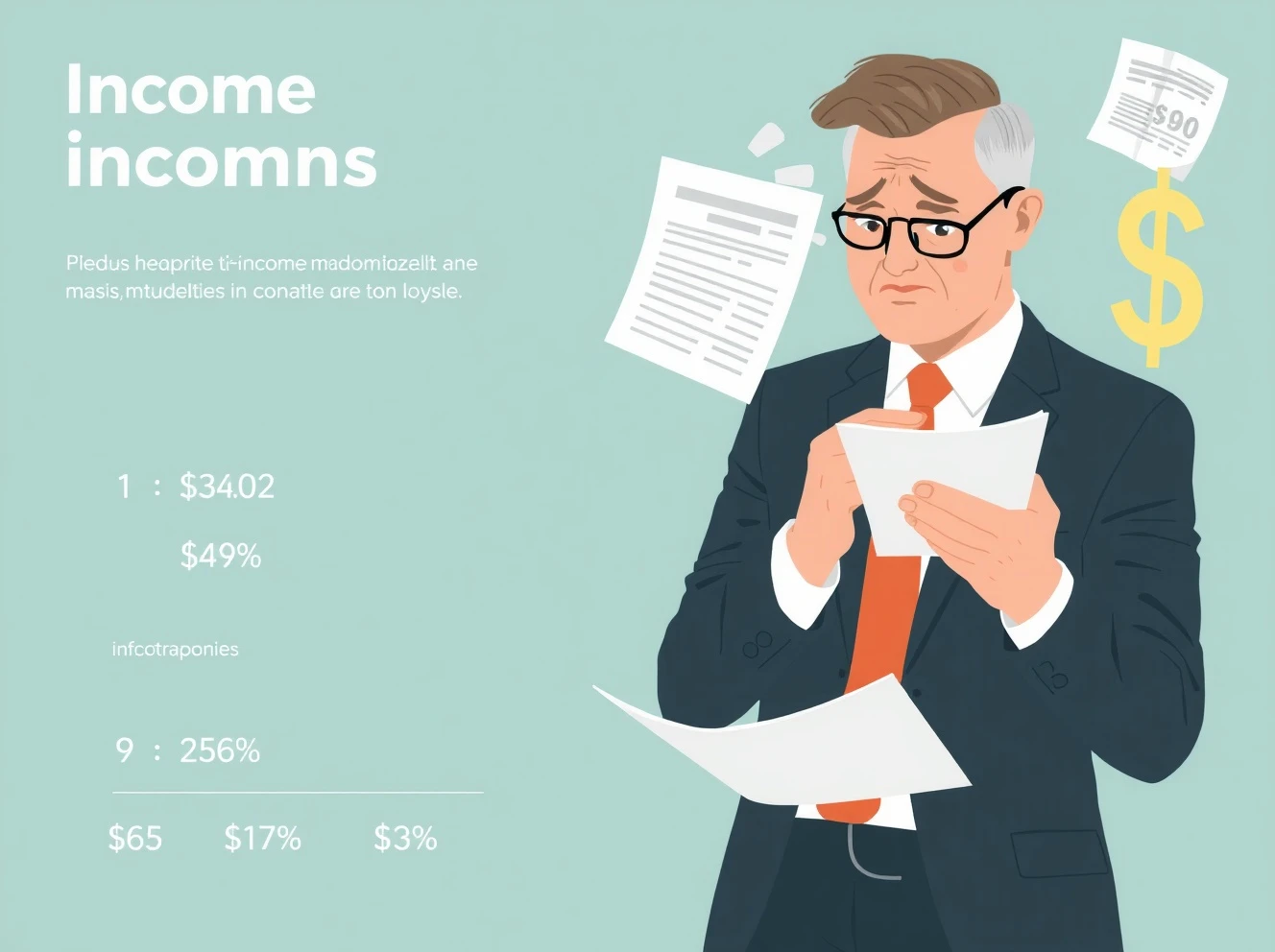Millions of Americans proudly identify as middle class, but startling economic data reveals most are mistaken about their actual economic standing. Recent studies show widespread misclassification that affects financial planning and policy understanding.
The Shrinking Middle Class Reality
Economic researchers consistently find Americans overestimate their middle class status significantly. The Pew Research Center defines middle class households as those earning between two-thirds and double the national median income. For 2023, this meant $48,500 to $145,500 for a three-person household. However, perception often diverges dramatically from these benchmarks.
Key Middle Class Indicators Beyond Income
True middle class status involves multiple factors beyond gross income. Consider these essential markers:
- Home ownership with sustainable mortgage payments
- Retirement savings exceeding emergency fund levels
- Educational investment capabilities for children
- Discretionary spending beyond basic necessities
- Healthcare access without financial strain
Income Versus Cost of Living Disparities
Geographic variations dramatically affect middle class qualifications. A $75,000 salary provides different lifestyles in Mississippi versus California. Housing costs particularly distort perceptions. Many households earning six figures struggle with urban expenses while maintaining middle class self-identification.
Wealth Accumulation Challenges
Authentic middle class status requires asset building, not just income generation. Stagnant wage growth coupled with rising education and healthcare costs prevents meaningful wealth accumulation for many. Debt levels further complicate financial positioning assessments.
Policy Implications of Misclassification
Widespread misunderstanding of middle class status affects political decisions and economic policies. Programs designed for truly middle income households often reach unintended recipients. Accurate self-assessment enables better financial planning and policy support.
Frequently Asked Questions
What income qualifies as middle class in 2024?
The middle class range typically falls between $55,000 and $165,000 for family households, adjusted for location and family size.
Why do so many people misidentify as middle class?
Cultural identity, regional cost variations, and upward comparison tendencies contribute to widespread misclassification.
How has the middle class changed in recent decades?
The middle class has shrunk from 61% of adults in 1971 to 50% today, with increased income polarization.
What are the most accurate indicators of middle class status?
Wealth accumulation, home equity, retirement savings, and educational spending provide better classification than income alone.
How does debt affect middle class identification?
High debt levels can mask true economic standing, making households feel less secure than their income suggests.
Can geographic relocation change class status?
Yes, moving to areas with lower costs can significantly improve economic positioning without income changes.







